Unlocking Data-Driven Reliability for the Petrochemical Industry
We help you use data to identify problems before they happen.
Use Data to Drive Reliability for Less
The petrochemical industry provides a massive percentage of the products that the world relies on day in and day out. Petrochemical feedstocks account for more than 10 percent of global oil demand, a share that is expected to increase driven by increasing demand for plastics, fertilizers and other products. Reliability is a key differentiator for top performers and chemical facilities have strong incentives to optimize their reliability.
Ensure Safety
Safety is paramount. The intricate processes and potentially hazardous materials involved demand rigorous safety measures. A data-driven approach provides a plan to perform actions required to achieve the desired level of availability while maintaining health and safety risk at appropriate levels.
Balance Performance and Cost
Achieving peak performance and availability while managing costs effectively is an ongoing challenge for the industry. A data-driven approach helps improve availability for increased revenue and cut costs through focused spend and risk management, ensuring long-term profitability and competitiveness.
Meet Regulatory Requirements
Meeting stringent regulatory requirements is a non-negotiable. Adherence to complex standards is vital for compliance and avoiding penalties. With a data-driven approach, you can take proactive action before issues arise to ensure continuous compliance.
We Help Industrial Leaders Navigate Reliability Digital Transformation
$20MM+
Invested in R&D and Ventures, focused on industrial reliability and data science
2MM+
Assets implemented and analyzed for reliability and integrity programs
500+
Employees dedicated to improving reliability, with 50% embedded in customer sites
20+
Reliability software packages implemented to enable data-driven decisions
Reliability as a Solution
Our fixed price service plus software solution focused on delivering to a quantified result. Back your reliability team with decades of experience.
- Improve reliability uptime by connecting data in single model.
- Dynamically prioritize maintenance and inspection activities.
- Transform culture through standardized processes and training.
$15.5M+
Increased annual revenue
6 Month
Timeline to improvement
Creating a Reliability Culture
Whether you’re in an operations, maintenance, or support function, every role has an impact on your facility. We help create a common, data-driven, framework of reliability that keeps you and your team on the same page.
Our aim is to assist you in prioritizing your time by pinpointing the assets that demand your distinct attention and suggesting the right techniques to employ to address the failure modes of concern.
Our objective is to provide you with a comprehensive overview of your facility’s performance in one glance. This is vital for making informed reliability decisions and mitigating unexpected shutdowns.
Our approach involves creating visible reporting views for all your facilities and collaborating to establish sustainable and scalable reliability work practices. Helping to prioritize resource allocation and minimize unplanned shutdowns, while boosting production.
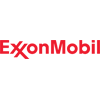
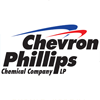
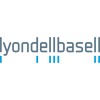

The Economics of Reliability – Global Chemicals
The dynamic nature of the chemicals market has brought a heightened focus on the need to optimize reliability and asset performance. In this report, our analysts dive into the impact that reliability has on the global chemicals industry through the analysis of the financial and operational data of 18 global chemical companies and identify the key trends that are driving reliability as the demand for chemicals products continues to increase.
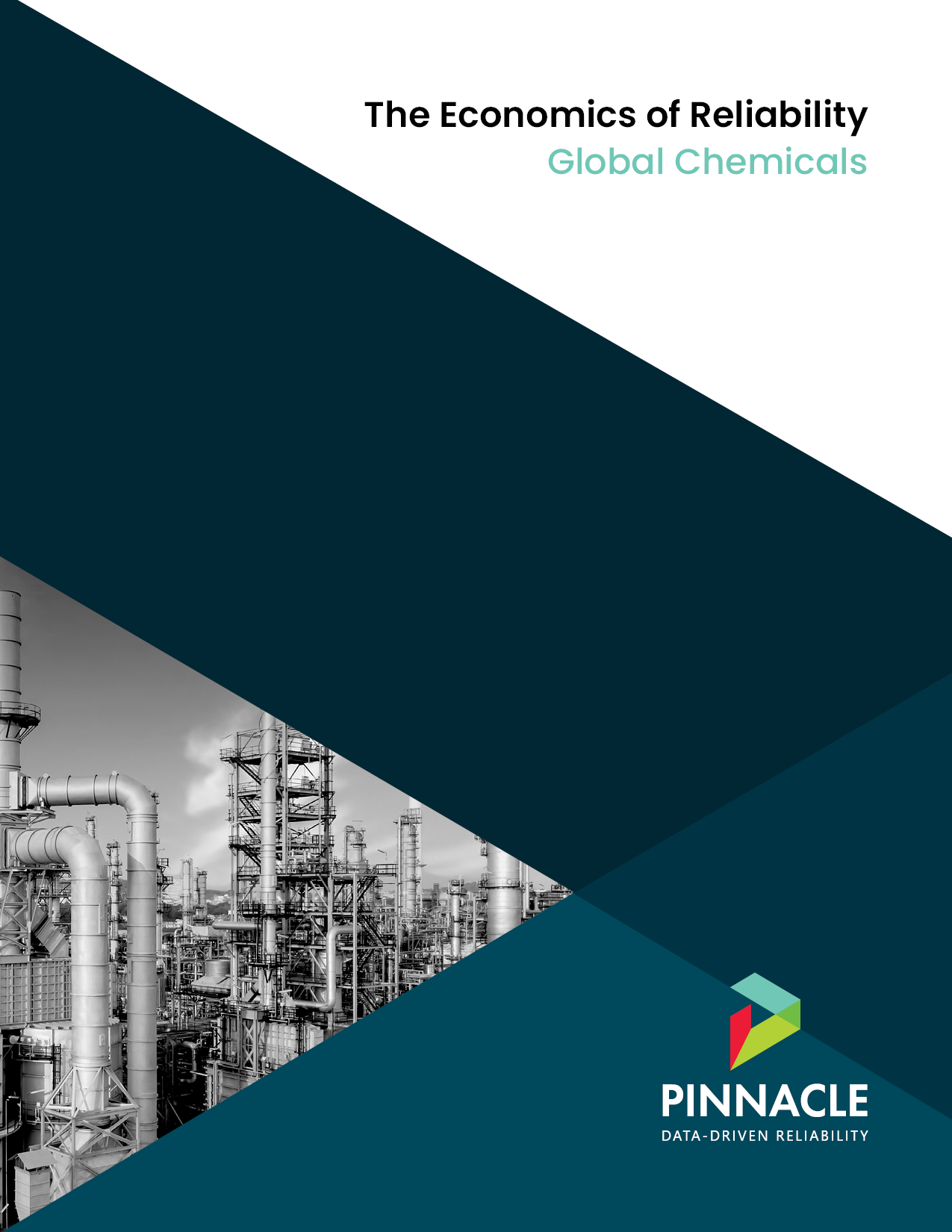
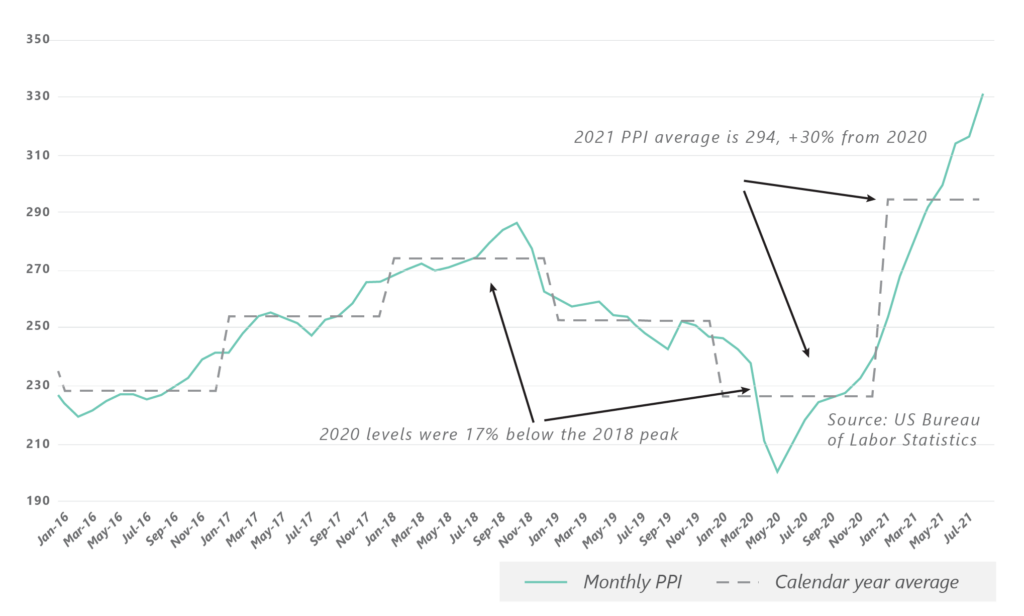
$236B
The total annual reliability spend of the global chemicals industry is US $236 billion.
Data Talks. Newton™ Listens.
The suite answering “What happens if this compressor blows?” or “Can I push this inspection?”. Single asset strategies are dated. It is time to take a system view of your availability, cumulative costs, and risk exposure for increased facility performance like you’ve never experienced.